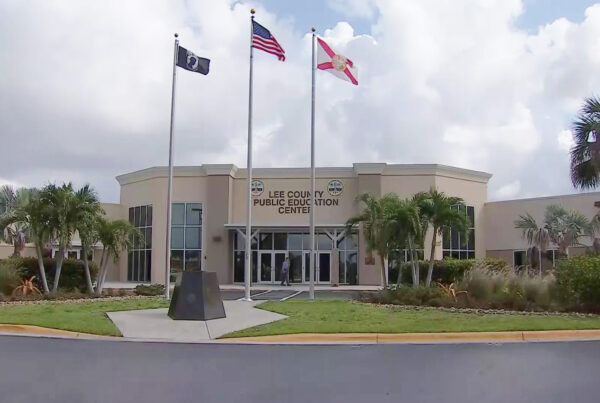When Rowland Hussey Macy opened his namesake store in 1858, understanding consumer behavior was largely a matter of guessing. Retailers had little data to assess what customers wanted or how variables like store hours, assortment or pricing might impact sales. Decision making was slow: managers relied on manual sales tallies, compiled weekly or annually. Dozens of stores failed, including several of Macy’s original stores.
Predictive analytics, in the early days of retail, were rudimentary. Forward-thinking retailers combined transactional data with other types of information — the weather, for example — to understand the drivers of consumer behavior. In the 1970s, everything changed. Digital cash registers took hold, allowing companies to capture data and spot trends more quickly. They began A/B testing, piloting ideas in a test vs. control model, at the store level to understand the impact of strategy in near real time.



























